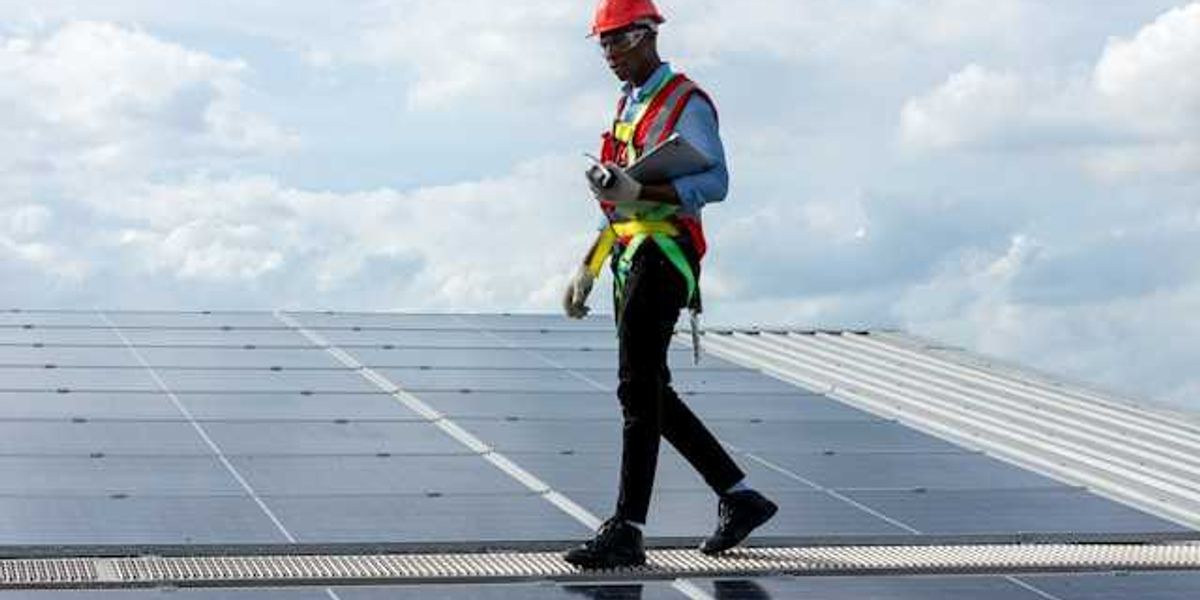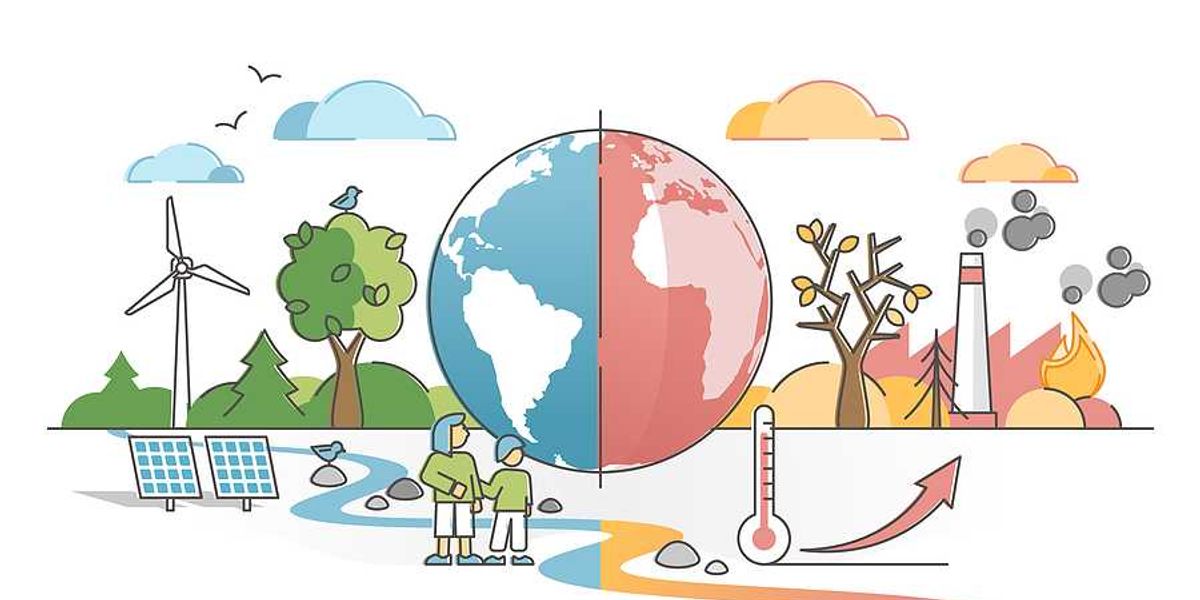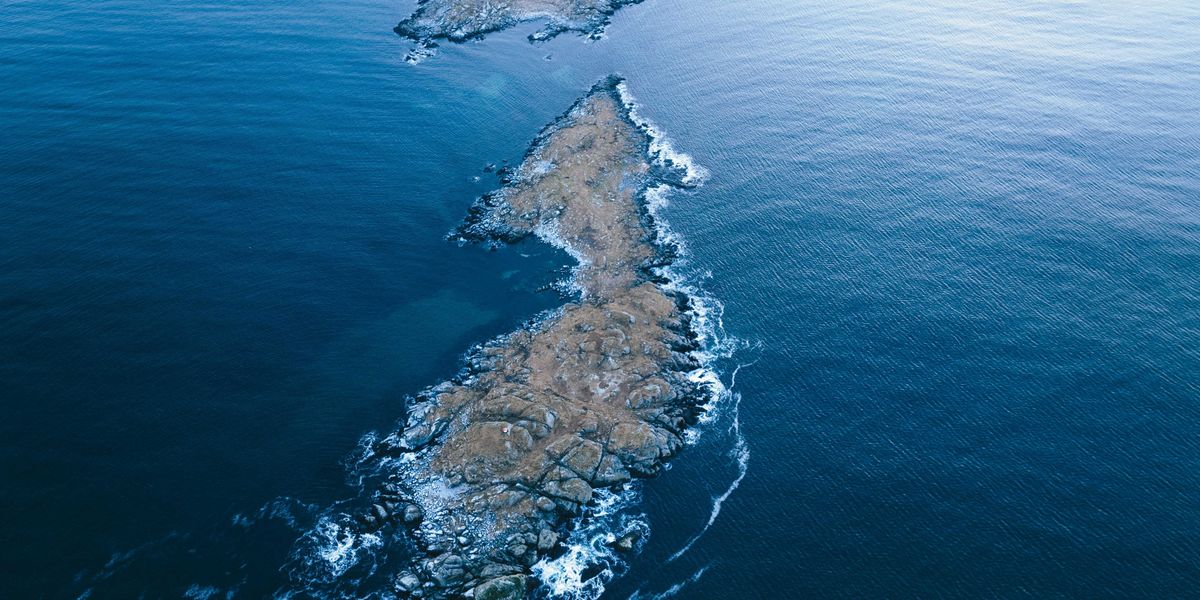New rules to protect U.S. workers from extreme heat face political delays
As dangerous heat grips much of the country, a Biden-era plan to shield outdoor workers from heat illness is stalling under the Trump administration.
Sky Chadde reports for Investigate Midwest.
In short:
- Farmworkers, who face higher heat stroke risk than construction workers, have seen 28 deaths from heat illness since 2015, according to U.S. Occupational Safety and Health Administration data.
- A proposed federal rule would require training, rest, water, and protections as temperatures rise, but its future is uncertain amid opposition from Republican lawmakers and the U.S. Chamber of Commerce.
- The Trump administration recently fired the Center for Disease Control and Prevention's team of heat safety experts, potentially stalling further work on the rule.
Key quote:
“I’ve had bosses who, if they see you resting for a few minutes under a tree to recover yourself, think you’re wasting your time and send you home without pay.”
— An unnamed worker interviewed by Investigate Midwest in 2023
Why this matters:
As climate change drives longer and more intense heat waves, outdoor workers, especially in agriculture, are paying the price. Without enforceable federal heat protections, farm laborers often lack the right to rest, hydrate, or even receive basic training on how to recognize signs of heat stroke. This lack of oversight leaves thousands vulnerable to illness or death, particularly immigrant and low-wage workers already marginalized in the labor system. Heat exposure also compounds risks from other environmental stressors like pesticides, further harming worker health. Political efforts to weaken or delay regulation threaten to strip protections just as the science shows that such safeguards are urgently needed. As summers grow hotter, this is a growing labor, public health, and environmental justice issue.
Read more: Heat protections for workers stall as summer temperatures soar













